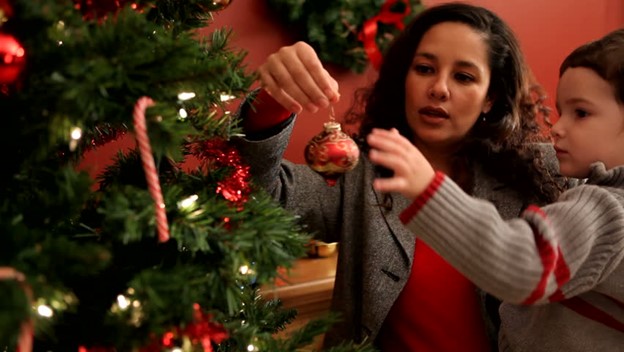The Christmas season is marked by a plethora of traditions and customs that bring warmth and joy into our lives. Among the most iconic symbols of this festive time is the Christmas tree, bedecked with ornaments, lights, and the radiant spirit of the holiday season. The history, origins, and deep-rooted significance of the Christmas tree extend back centuries, captivating generations with its enchanting allure. In this article, we delve into the captivating narrative of the Christmas tree, exploring its historical origins, the species commonly used, and the contemporary trends that have breathed new life into this beloved tradition.
Historical Origins
Pagan Roots
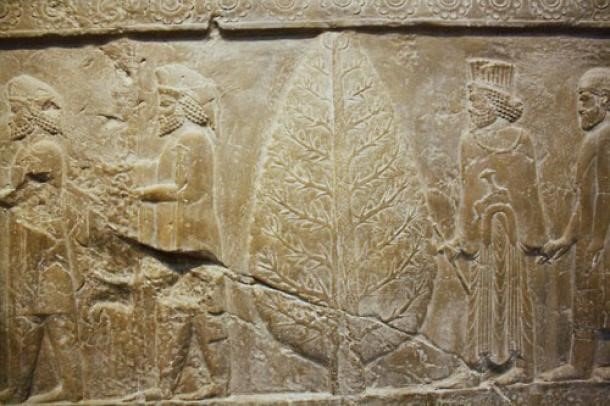
The Christmas tree has its roots intertwined with ancient pagan traditions, predating the arrival of Christianity. In various cultures across the world, people adorned evergreen trees during winter solstice festivals to celebrate the rejuvenating power of nature and the forthcoming return of spring. These trees were seen as symbols of life, resilience, and hope during the darkest and coldest days of the year.
Christian Adaptation
With the advent of Christianity, the early Church sought to embrace and transform existing customs to align them with the new faith. In the 8th century, the medieval Germans are believed to have been the first to bring evergreen trees into their homes and decorate them with candles. This act symbolized the birth of Christ, with the radiant lights representing the Light of the World.
Spread Across Europe
Following its emergence in medieval Germany, the tradition of decorating Christmas trees gradually spread across Europe over the ensuing centuries. It found favor with various cultures and communities, each adding their unique touches to the festive tradition. In England, during the reign of Queen Victoria in the 19th century, the Christmas tree gained widespread popularity after Prince Albert, who hailed from Germany, introduced the tradition to the royal court. This royal endorsement captured public attention and soon transformed the Christmas tree into a cherished symbol of holiday cheer throughout the United Kingdom.
Journey to the New World
The arrival of European settlers in North America brought with it diverse traditions, including the cherished Christmas tree. German immigrants, in particular, played a significant role in popularizing the tradition in the New World. Communities across the United States and Canada embraced the Christmas tree as an integral part of their festive celebrations. The rich tapestry of cultural influences contributed to the tree’s evolving significance and paved the way for its modern-day prominence.
Commercialization and Pop Culture
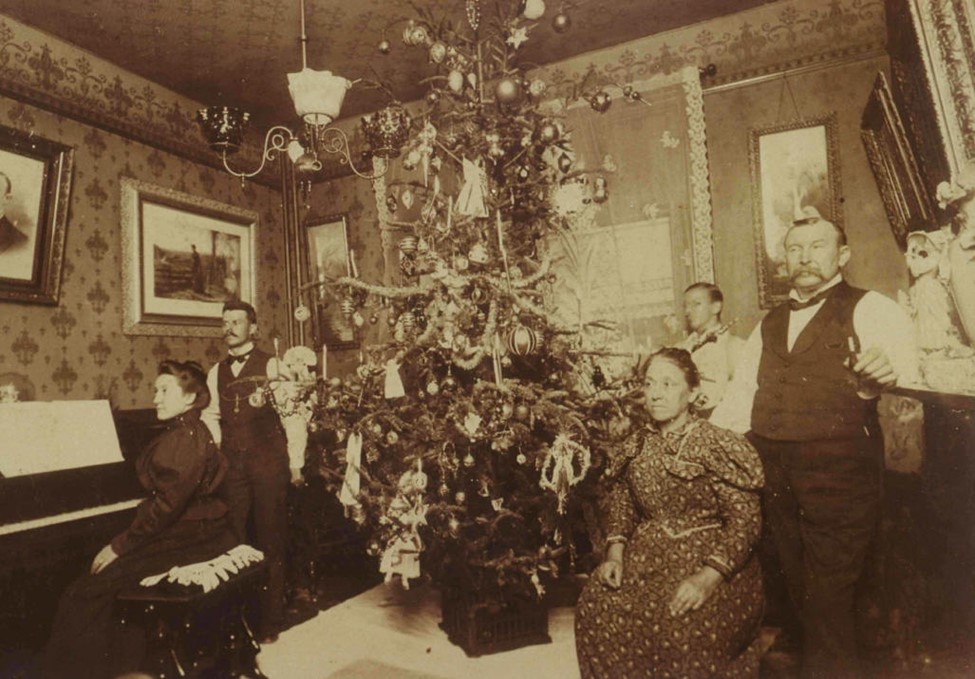
In the late 19th century, advancements in technology and mass production led to the commercialization of Christmas tree ornaments, lights, and other decorations. This accessibility, combined with the rise of consumer culture, made it possible for families of various backgrounds to bring the beauty and joy of a decorated Christmas tree into their homes. The image of the Christmas tree became deeply ingrained in popular culture, appearing in books, films, and advertisements, further solidifying its status as an enduring symbol of the holiday season.
Continued Symbolism and Tradition
In the modern era, the Christmas tree continues to hold immense cultural significance. Beyond its religious connotations, the tree represents a beacon of warmth, love, and unity during the festive season. It serves as a focal point for families and communities to gather around, exchange gifts, and create cherished memories. Decorating the tree has become a time-honored tradition, passed down from generation to generation, fostering a sense of continuity and connection with the past.
Global Celebration
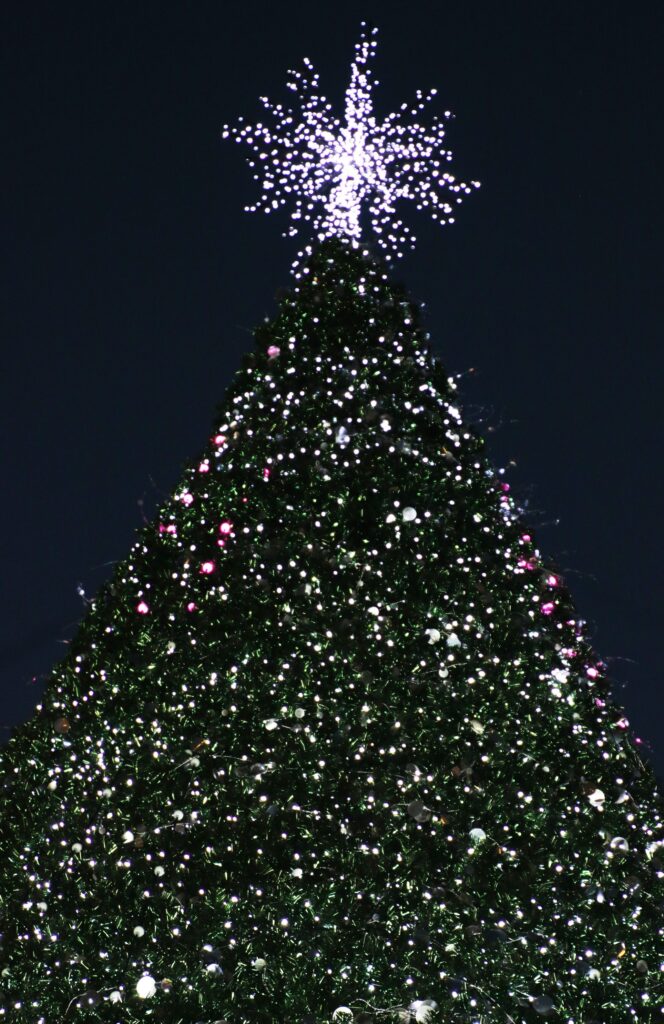
Today, the tradition of the Christmas tree has transcended borders, spreading to countries around the world. While variations and customs may differ, the central theme of adorning a tree with ornaments, lights, and garlands remains a universal symbol of Christmas joy and merriment. Whether it’s the towering trees in public squares, the beautifully decorated trees in homes, or the innovative artistic installations, the Christmas tree continues to captivate hearts and inspire awe, fostering a sense of shared celebration and unity across cultures.
Commonly Used Tree Species
The Noble Fir
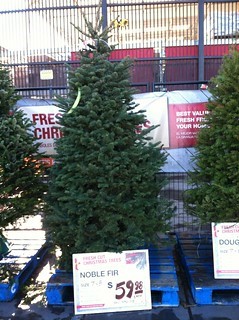
The Noble Fir (Abies procera) is a majestic evergreen species that is widely cherished as a Christmas tree. Its symmetrical shape, dense foliage, and sturdy branches make it ideal for showcasing ornaments and decorations. Native to the Pacific Northwest, this tree exudes a fresh, invigorating fragrance that fills the home with the essence of the holiday season.
The Fraser Fir
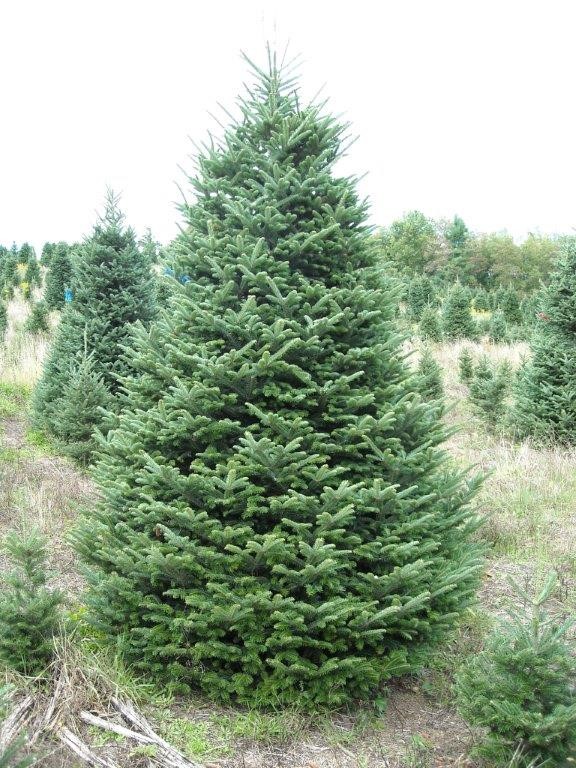
Originating from the Appalachian Mountains, the Fraser Fir (Abies fraseri) has gained immense popularity as a Christmas tree due to its aesthetic appeal and excellent needle retention. With its compact form, silver-green needles, and strong branches, the Fraser Fir provides the perfect canvas for showcasing delicate ornaments and shimmering lights.
The Norway Spruce
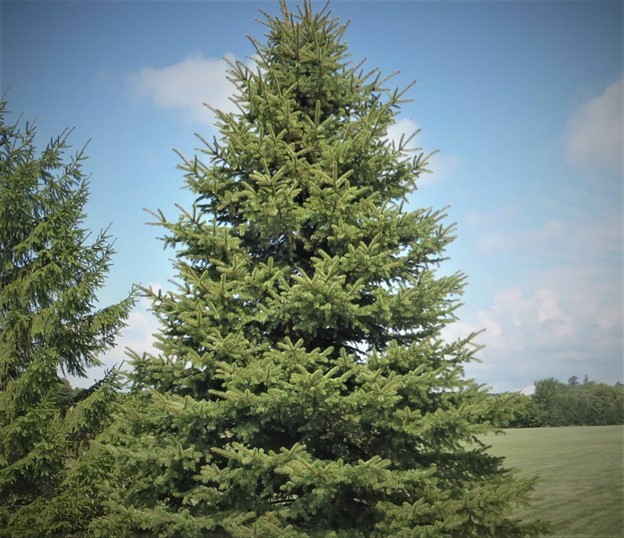
The Norway Spruce (Picea abies) holds a special place in the hearts of those seeking a traditional Christmas tree. Originating from Europe, it was the first species to be used as a Christmas tree in the early modern period. The Norway Spruce boasts a classic conical shape, dark green needles, and a rich aroma, evoking nostalgic memories of bygone Christmases.
Recent Trends
Multicolored Flocking
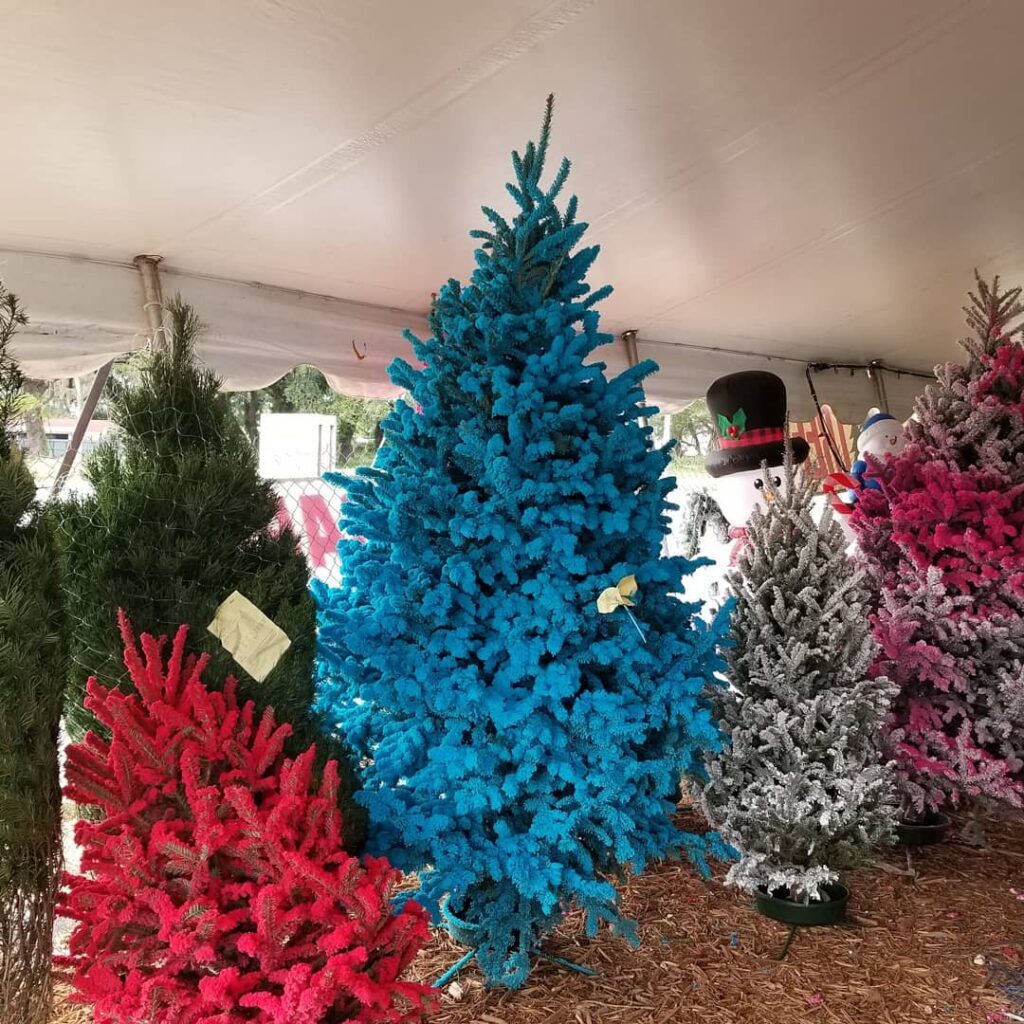
In recent years, the trend of multicolored flocking has gained popularity as a unique way to add vibrancy and creativity to Christmas trees. Flocking involves the application of colored adhesive or powder to simulate the appearance of snow, transforming the tree into a winter wonderland. From traditional white flocking to vibrant hues of blue, pink, and even gold, this trend allows individuals to personalize their Christmas trees and create a visual spectacle that reflects their own unique style.
Eco-Friendly Alternatives
As environmental consciousness continues to grow, many individuals are opting for eco-friendly alternatives to traditional Christmas trees. Artificial trees made from sustainable materials, such as recycled PVC, are gaining traction due to their reusability and reduced impact on natural resources. Moreover, the concept of potted or living Christmas trees has emerged, encouraging people to plant and nurture live trees during the holiday season, promoting a greener approach to this cherished tradition.
Conclusion
The Christmas tree stands as a timeless symbol, woven into the fabric of our festive celebrations. From its ancient pagan roots to its incorporation into Christian traditions, the Christmas tree has evolved to symbolize hope, joy, and the everlasting spirit of the holiday season. The carefully selected tree species, with their unique characteristics, lend themselves to becoming stunning centerpieces in our homes. And as modern trends such as multicolored flocking and eco-conscious alternatives emerge, the Christmas tree continues to adapt, remaining a symbol of tradition and innovation alike. As we gather around the illuminated evergreen, let us embrace the significance and enchantment of the Christmas tree, as it evokes memories, fosters togetherness, and reminds us of the beauty of the season.
References:
History.com. (n.d.). History of Christmas trees. Retrieved from https://www.history.com/topics/christmas/history-of-christmas-trees
National Christmas Tree Association. (n.d.). The history of the Christmas tree. Retrieved from https://www.realchristmastrees.org/dnn/Education/History-of-the-Christmas-Tree
Penn State Extension. (n.d.). Choosing the right Christmas tree. Retrieved from https://extension.psu.edu/choosing-the-right-christmas-tree
Smithsonian Magazine. (n.d.). The origins of the Christmas tree. Retrieved from https://www.smithsonianmag.com/arts-culture/the-history-of-the-christmas-tree-65556734/
The Old Farmer’s Almanac. (n.d.). Types of Christmas trees. Retrieved from https://www.almanac.com/content/types-christmas-trees
ThoughtCo. (n.d.). The history of the Christmas tree. Retrieved from https://www.thoughtco.com/history-of-the-christmas-tree-1775223
Treetime. (n.d.). The history of flocking Christmas trees. Retrieved from https://www.treetime.com/The-History-of-Flocking-Christmas-Trees-a/361.htm
Treetopia. (n.d.). The tradition of flocking Christmas trees. Retrieved from https://blog.treetopia.com/holidays-and-events/tradition-flocking-christmas-trees/

